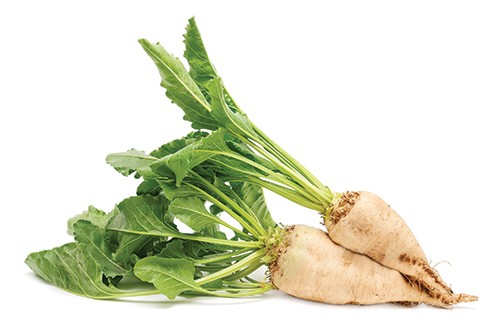
The United States is one of the world’s largest sugar producers, and sugar beets account for about 55 percent of the total sugar produced domestically. The domestic sugar beet industry produces about 1 million tons of pulp annually, which is traditionally turned into animal feed. But now scientists have found a new way to put this pulp to use: eco-friendly packaging.
Earlier this year, the USDA announced that Agricultural Research Service scientists had found a way to create food packing by incorporating sugar beet pulp and a biodegradable polymer called polyactic acid (PLA), which is derived from sugars in plant matter. The biodegradable thermoplastic is being studied for use in disposable food containers. It has properties like soft polystyrene or polypropylene and could stand in for traditional fossil fuel-based plastic packaging. Because sugar beet pulp is an agricultural byproduct, packaging made from this material could be very cost competitive with petroleum-driven products.
